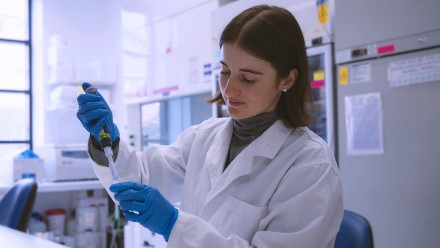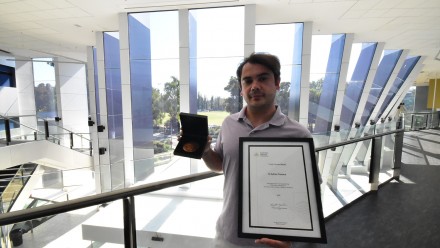The rodent olfactory bulb granule cell - an alliance of independent inhibitory mini-neurons?
Professor Veronica Egger, University of Regensburg, Regensburg, Germany
The vertebrate olfactory bulb processes olfactory stimuli within a two-stage network, the first located within the glomerular input layer and the second in the external plexiform layer below. These subnetworks are bridged via the principal mitral and tufted cells; both strongly draw on dendrodendritic interactions, with the axonless inhibitory granule cells being the main players in the second stage. Granule cells are directing their sole output towards the long lateral dendrites of mitral and tufted cells via reciprocal dendrodendritic synapses.
In spite or because of this apparently reduced anatomy, granule cells are capable of various modes of dendritic signalling, including local sodium spikes within their large dendrodendritic spines. To dissect the reciprocal microcircuit, we are using two-photon Ca2+ imaging and uncaging of glutamate in acute slices of juvenile rat olfactory bulbs in conjunction with whole cell recordings. I will discuss mechanisms underlying the local postsynaptic spine signals. We also have observed bidirectional long-term plasticity at the mitral to granule cell synapse that can be elicited via short bursts of glomerular activity - as might be triggered by whiffs of odors in an animal that navigates in the wild. Interestingly, long-term potentiation has not been reported at this synapse before. Simulations imply that the sign of plasticity is a property of individual spines rather than of individual granule cells, thus independent action appears to be implemented within several aspects of processing. These findings broaden our view on the functionality of olfactory bulb granule cells and their role in synaptic processing.












